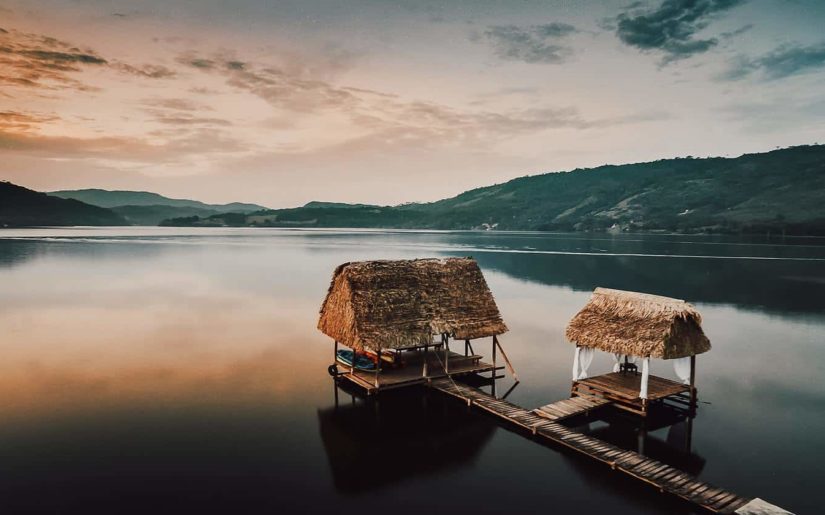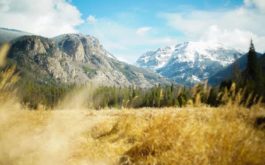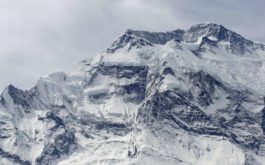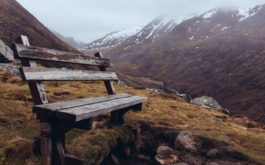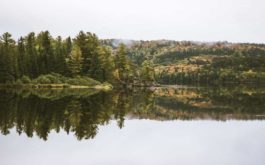My personal favorite place I visited in Peru is not the typical answer of “Machu Picchu” or “Miraflores”. Instead mine was a town in the Sacred Valley of the Inca called Ollantaytambo (oi-yan-te-tam-bo). The Sacred Valley of the Inca formed the heart of the Inca Empire and stretches roughly 60 kilometers. It holds fertile farmland and Spanish colonial villages like Pisac and Ollantaytambo.
Ollantaytambo is located to the Northwest of Cusco, and is nearby the ancient city of Machu Picchu. This is where the leader of the Inca renaissance lived. The town feels ancient and alive; it’s where a lot of people looking to hike the Inca trail begin their journeys. From town, it takes about three or four days to reach the peak at Machu Picchu from Ollantaytambo.
The town resembles that of a u-shape with perpendicular and lateral roads cutting through it. If you travel outside of town, that is where you find the archaeological site. If you’re not hiking the Inca Trail, but still plan on visiting Machu Picchu, go with Ollantaytambo. Ollantaytambo is where Peru Rail has its station leading to the base of the mountains. At the base of Machu Picchu is a town called Aguas Calientes (meaning hot waters in Spanish), where you can find “hot springs”.
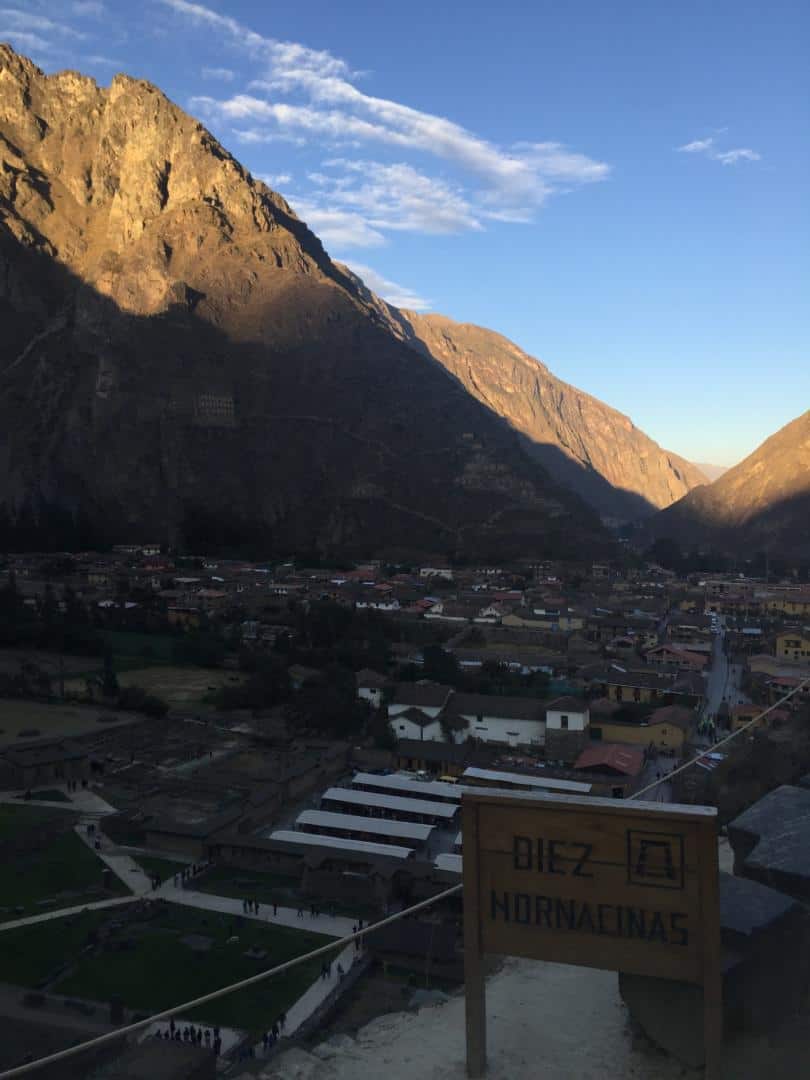
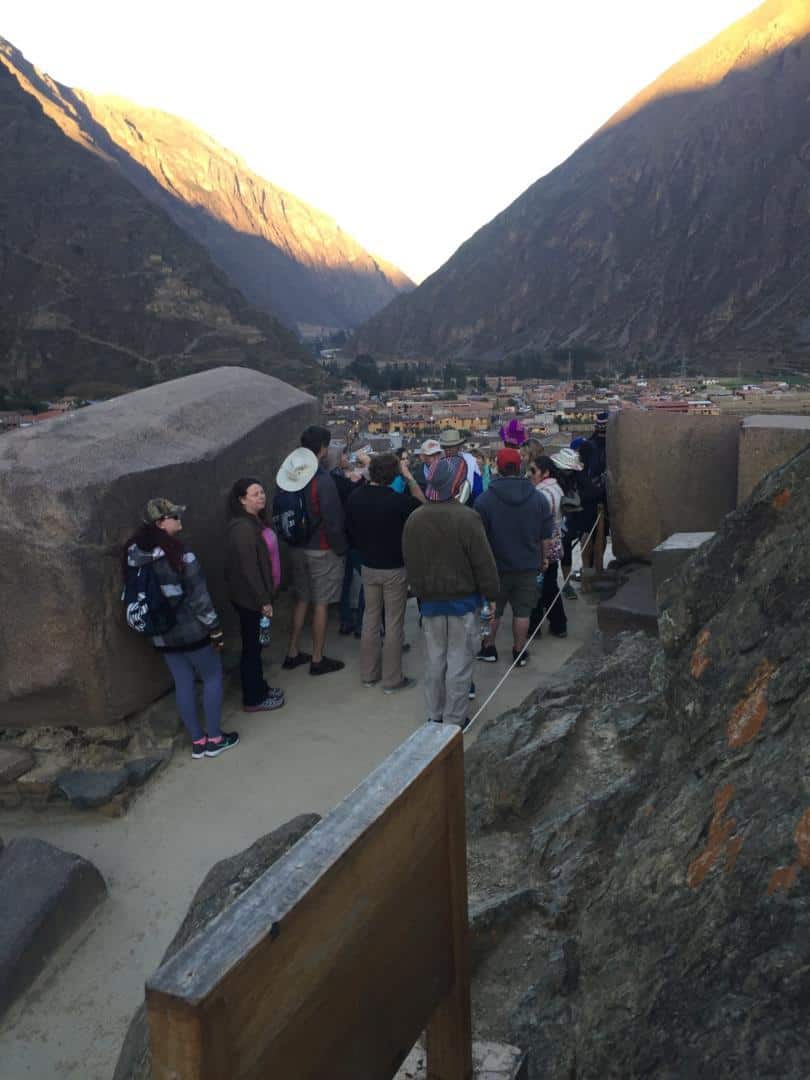
The Ollantaytambo Ruins
We toured the Ollantaytambo ruins which was quite difficult to navigate. Firstly, the geography of the region makes it hard to walk longer distances. There are hills, mountains, and elevation changes. These things can make it tricky for someone who is just visiting and therefore not well acclimated. The elevation at the Ollantaytambo ruins is actually higher than Machu Picchu by around two thousand feet.
The history of the ruins begins in the 15th century when Inca Pachacutec conquered and began to rebuild the town of Ollantaytambo. They constructed large terraces and irrigation systems for farming. These terraces make up what’s called the Fortress or Temple Hill. The town eventually fell into the hands of Inca Manco who used it as a retreat from the attack of the Spanish. From high above the terraces, the Incas managed to ward off the Spanish the first time. But the Spanish came back with a stronger army the next time and Ollantaytambo was captured by Pizarro and his men.
The fortress and temple conplex
A short distance from the top of the fortress there is a temple complex that you can enter. One of the most important temples to the Incas was the Temple of the Sun which acted as a calendar. It held a sun dial which the Incas created to keep track of the time. The temple also holds the Walls of the Six Monoliths which was made with 50-ton stones from a nearby quarry. As you begin your decent, you will enter an area full of baths and fountains. They served as an irrigation system as well as a religious center. The Princess Bath, one of the most beautiful, is made from granite rock with beautiful carvings. It has the Patakancha River flowing through it.
With so much rich history and picturesque scenery, this trip was one that I will remember forever. Travelling teaches you about the lands that you are visiting. It also teaches you so much about yourself too. If you ever have the opportunity to visit Peru, be sure to visit these beautiful, preserved ruins in The Sacred Valley in South Peru. You’ll be happy you did.
